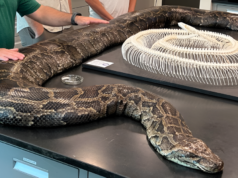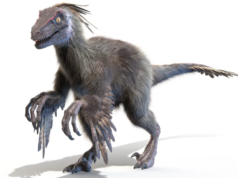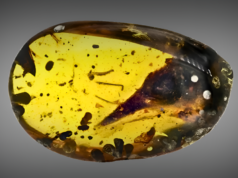
For generations, a collection of fossils from Vancouver Island has tormented the dreams of paleontologists. Dug up along the banks of a river, the bones hinted at the existence of a sea monster that didn’t appear to be like anything they had ever seen.
The bones were well-known, neither purely ancient nor completely modern; they even have a spot as British Columbia’s official fossil (Live Science, 2024), yet their actual species identity was frustratingly elusive.
What kind of animal could go unclassified for nearly four decades? The answer, it turns out, is stranger than anyone could have expected.
Why This Changes the Game for Science—and the World

Now, this mysterious species has finally been identified, and it isn’t just a win for paleontologists; it challenges our current knowledge of evolution and extinction. The identification of a new, “very strange” marine genus forces scientists to rethink how marine reptiles evolved and dominated ancient oceans, showing that our planet’s history is still full of surprises.
The Beginning of a Decades-Long Mystery

The story of the discovery is as captivating as the fossil itself. In 1988, Michael Trask and his daughter, Heather, stumbled upon the first bones while walking along Vancouver Island’s Puntledge River (Live Science, 2024).
Their discovery drew in local volunteers, museum staff, and an international team of paleontologists. The fossil was excavated, studied, and even displayed in a small-town museum for years—its secrets tantalizingly out of reach, engendering a sense of collective mystery and pride.
Decades of Doubt—Why Was This Fossil So Difficult to Name?
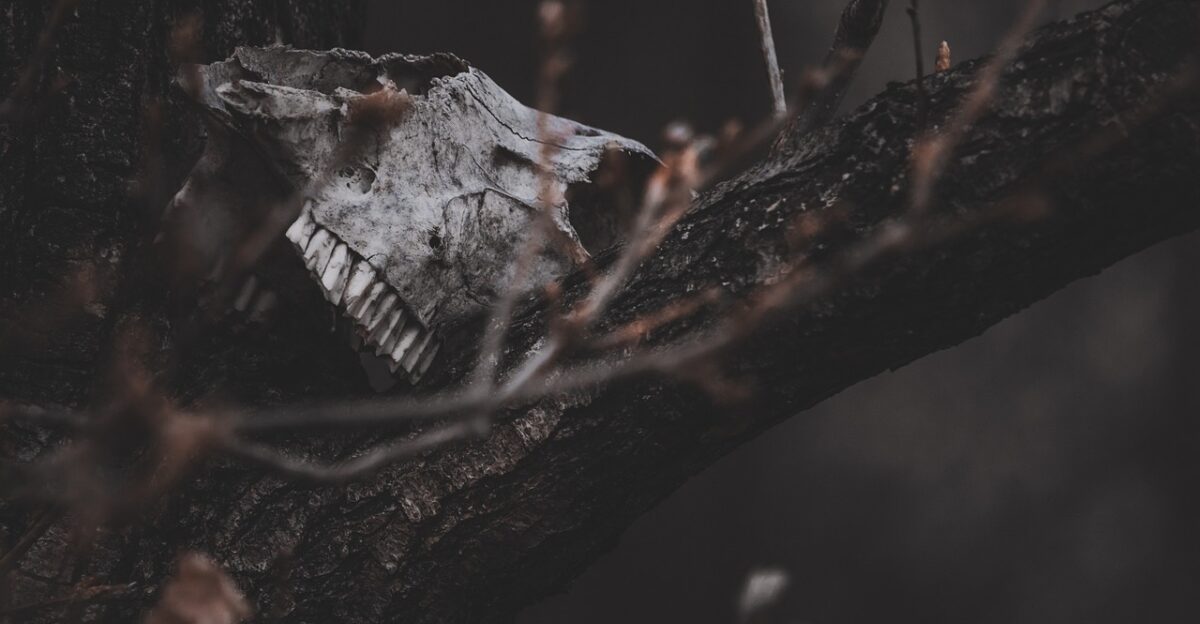
The fossil’s unusual mix of features stumped scientists for decades. The poorly preserved adult skeleton gave just enough information to confuse everyone: an ancient sea serpent-like neck, but shoulders and flippers that looked almost modern (Live Science, 2024).
Scientists didn’t want to announce a new species, afraid of jumping to conclusions too quickly. But, according to Discovery Magazine, it wasn’t until a well-preserved juvenile skeleton was unearthed that the evidence finally started falling into place.
The Search Continues

After the original 1988 discovery, a wave of excitement and curiosity in the region followed. Scientists and volunteers returned to the riverbanks, searching for more clues.
Live Science reports that over the next few months, they uncovered additional bone fragments, such as a right humerus, teeth, and eventually the juvenile specimen. This latest find included the thorax, girdles, limbs, and notably, a well-preserved skull and jaw—each new piece fueled the collective drive to solve the ancient mystery.
Introducing Traskasaura sandrae, the Bizarre Sea Monster
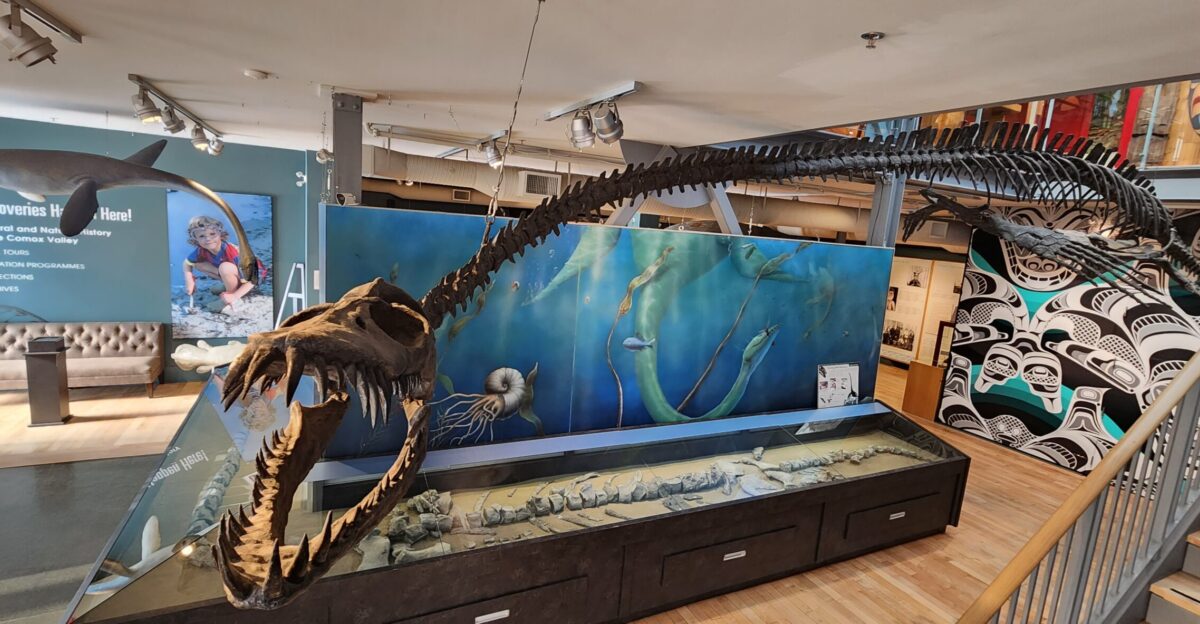
So what did the Trasks find all those years ago? Scientists have officially designated the fossils as a new genus and species, Traskasaura sandrae (Journal of Systematic Paleontology, 2025).
According to SciTechDaily, this 39-foot-long elasmosaur is a true oddity—a mix of primitive and advanced traits, with a neck comprising over 50 vertebrae and robust, crushing teeth. Unlike any other plesiosaur, Traskasaura has a blended body plan with unexpected evolutionary innovations, making it a one-of-a-kind species in prehistoric oceans.
The Project Behind Identification
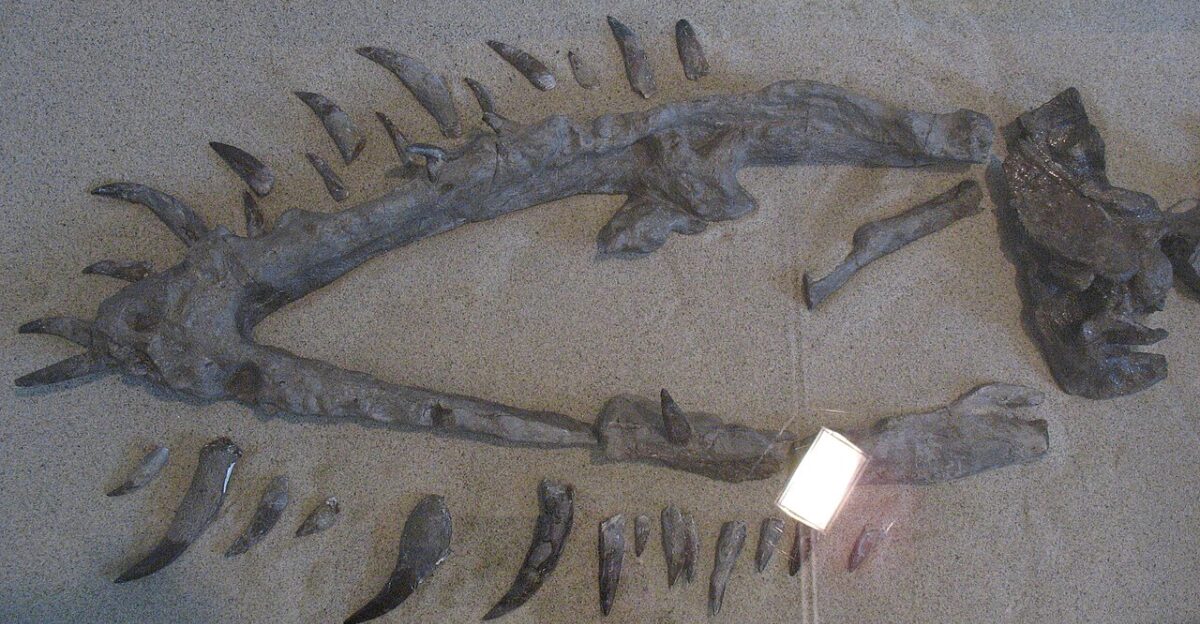
Shortly after the initial discovery in 1988, a project team was assembled, leading to the identification of Traskasaura sandrae. It was a decades-long, collaborative effort involving Marshall University researchers, an international team from Chile and Canada, and local museum staff and volunteers.
Led by Dr. F. Robin O’Keefe (Journal of Systematic Paleontology, 2025), the team aimed to analyze new and existing fossil material to determine if these remains represented a new genus. Their results were eventually published in May 2025.
Why Traskasaura sandrae Is So Fascinating—A Monster of Contradictions

What is so fascinating about Traskasaura sandrae is its blend of the new and the old. Its jaw and neck are reminiscent of the ancient elasmosaurs, but its shoulders and flippers are closer to its more advanced kin, such as Hydrotherosaurus.
Its strange body plan, explains Live Science, likely allowed it to hunt like no other marine reptile that we know of could—diving downward to attack from above, ambushing its prey with its teeth by crushing the shells of ammonites.
Technology, Teamwork, and the Power of Persistence
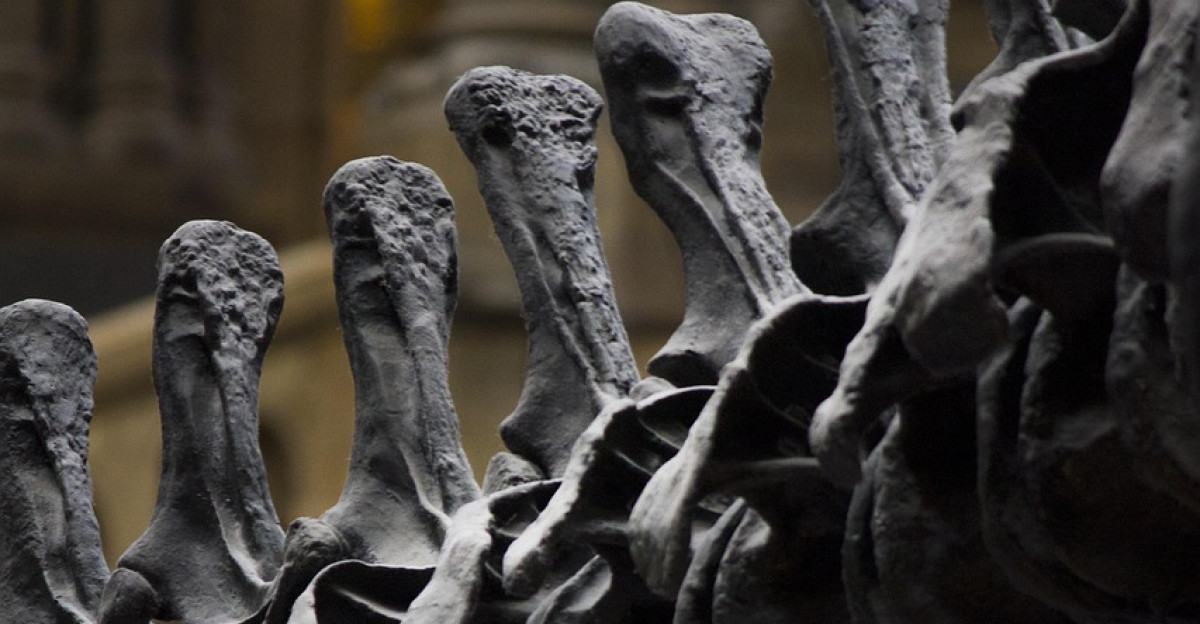
Decades of teamwork and paleontological progress made the discovery possible. The study cites the use of 3D modeling, high-resolution imaging, and meticulous comparison with fossils from across the globe as methods that enabled scientists to solve the mystery.
The project team finally published a peer-reviewed study in the Journal of Systematic Paleontology. In it, they pointed to the critical role played by amateur fossil hunters and regional museums.
What This Means for Our Picture of Prehistoric Life

Traskasaura, which lived during the Late Cretaceous period, roughly 85 million years ago, widens our understanding of the adaptation and diversification of marine reptiles (IFLScience, 2024). It illustrates that evolutionary innovation isn’t a linear progression; instead, sometimes, bizarre hybrids crop up, flourishing in their own unusual ways.
The finding also identifies the Pacific Northwest as a hotspot of ancient biodiversity, challenging the common idea that most evolutionary innovations took place in faraway places like Europe or South America.
What Else Is Out There? The Search Is Just Beginning

With each new fossil, the Earth’s past becomes more intricate—and more exciting. Traskasaura sandrae’s bizarre legacy forces us to ask: How many more “oddball” species have yet to be found? What mysteries remain buried beneath North America’s rocks?
As this story spreads on social media and in headlines, it encourages everyone—scientists and hobbyists alike—to look more closely, dig more deeply, and wonder what else may be hiding just beneath our feet.


